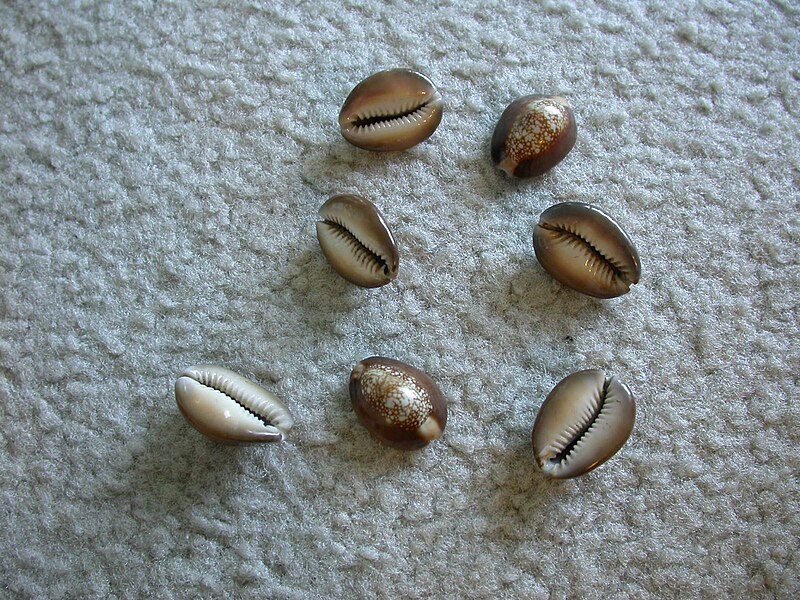I'm sure everyone would recognise a game of tic tac toe like this, more often called naughts and crosses...
It originates from Ancient Egypt (although it is very widely spread, this is the oldest finding of it), the oldest known carving of it found on a roof tiles in
Kurna dating back to 1400 B.C and was one of their most popular games to play. Surprisingly enough the rules haven't changed hardly at all.
The only difference is, the players only play 3 pieces on the board, they can them move them along the lines to the intersections, the first person to create a line wins.
Variations of these games can be found carved a in places around the ancient world.
The oldest recorded writing of it dates back to 8 B.C, written by
Ovid.
There is another game divided into as many parts as there are months in the year. A table has three pieces on either side; the winner must get all the pieces in a straight line. It is a bad thing for a woman not to know how to play, for love often comes into being during play.
However the name of Men's morris wasn't called as such in Roman times, It was back then called
Terni Lapilli, the name Morris comes from the latin word for game counter/piece:
merellus.
The later became incredibly popular in England during the 13th Century with boards carved into a whole range of places including the seating of the following cathedrals: Canterbury, Gloucester, Norwich, Salisbury and Westminster Abbey.
These boards however used holes and forming a diagonal line didn't result in a victory. This was called nine holes.
http://www.rupestre.net/tracce/?p=2054
http://listverse.com/2013/01/20/10-most-important-board-games-in-history/
http://www.iranicaonline.org/articles/board-games-in-pre-islamic-persia
http://ablemedia.com/ctcweb/showcase/boardgames7.html
http://en.wikipedia.org/wiki/Nine_Men's_Morris#cite_ref-King_8-1
http://en.wikipedia.org/wiki/Three_Men%27s_Morris









